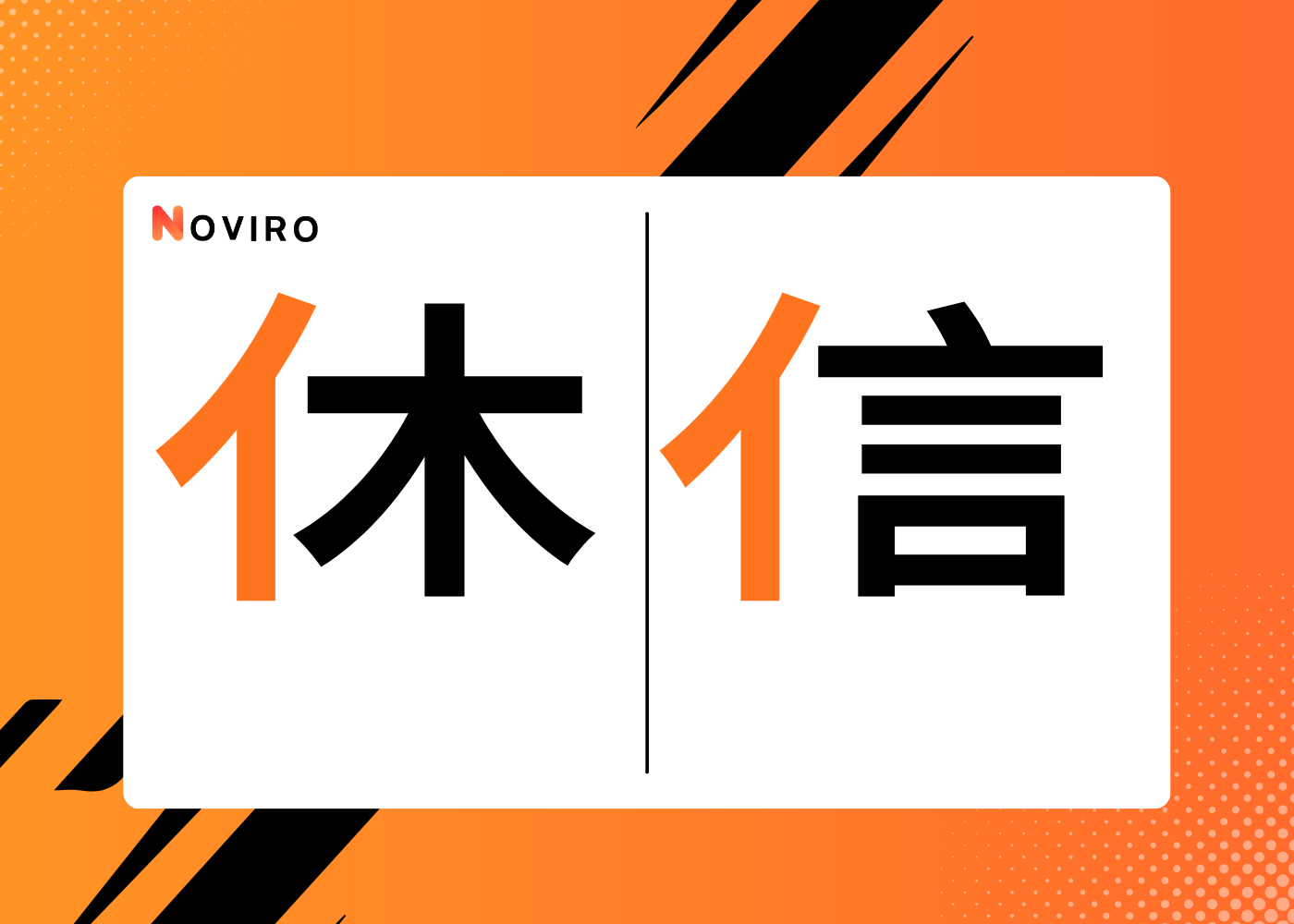We’ve Been Learning Mandarin Backwards This Whole Time
🔶 Reading time: 4 min.
Maybe it’s not you. Maybe it’s the way the system was built. You’ve done everything right — you listen, repeat, look up new words, try to understand how sentences fit together. But when someone actually speaks Mandarin, it’s like the ground shifts.
The sounds merge, your brain rushes to catch up, and meaning slips away before you can grab it.
It’s not that you’re not trying hard enough.
You’ve just been walking in the right direction with the map upside down.
We were taught to memorize first — to treat Mandarin like a puzzle to solve.
But Mandarin wasn’t built to be memorized — it was built to be understood.
1. Learn the logic, not the lines
Most learners try to memorize characters as isolated shapes — like trying to remember a password made of random letters and symbols.
But every Chinese character has a blueprint. Each part has a role: some carry meaning, others hint at pronunciation. Together, they form patterns you can actually understand — not just memorize.
And when you start to see those patterns, you’re no longer guessing — you’re decoding design.
Take 休 (xiū) — to rest.
Left side: 亻(person, a simplified form of 人).
Right side: 木 (tree).
→ A person leaning on a tree. Simple, visual, logical.
Or 信 (xìn) — to believe, to trust.
Left side: 亻 (person).
Right side: 言 (speech).
→ A person and their words — words backed by a person. That’s the foundation of trust.
Characters like these were drawn from how people saw the world — through stories, not symbols.
When you understand that logic first, characters stop being drawings and start meaning something.
You remember faster and longer, because you’re connecting with ideas, not forcing symbols into memory.

→ Learn forward: see the logic before the shape.
2. Feel tones, don’t calculate them
Most learners treat tones like equations: first tone high, second rising, third dipping, fourth falling.
But tones aren’t math — they’re emotion carried through sound.
Your brain already knows how to use pitch to show meaning.
You do it every day without realizing it.
Look at it this way:
Tones aren’t rules to memorize — they’re emotions you already know how to use.
Once you feel them, you remember them naturally.
→ Learn forward: feel before you memorize.
3. Think in meaning, not in words
Translation feels safe — until it slows you down.
You hear a sentence, turn it into English in your head, and by the time you’ve understood it, the speaker is already three lines ahead. The goal isn’t to “turn off English.” It’s to make understanding faster than translation.
Native speakers don’t translate — they think in ideas, images, and relations.
For example:
今天太热了。
(jīntiān tài rè le)
If you translate word by word — today / too / hot — you freeze.
But if you picture stepping outside and feeling the heat, it clicks instantly: “It’s so hot today!”
Thinking in Mandarin means catching meaning, not assembling grammar.
You stop chasing words and start keeping pace.
That’s the moment Mandarin starts to make sense in real time.
→ Learn forward: focus on meaning, not translation.
4. Learn forward — and the pieces finally start to fit
Once you flip the order, Mandarin finally begins to cooperate.
Characters become patterns, not puzzles.
Tones turn into rhythm, not rules.
Listening becomes flow, not panic.
You start recognizing what you used to chase.
You understand first — and memory takes care of itself.
Mandarin stops being something you study — it becomes a language you feel.
The goal isn’t to learn harder — it’s to learn human.
If you’ve been learning backwards, it’s not your fault. You just needed the map turned the right way.
Now it’s time to learn forward. Start where clarity lives.
→ Explore Noviro

